Search
Did you mean: Nile?
Summary 
Loading AI-generated summary based on World History Encyclopedia articles ...
Search Results
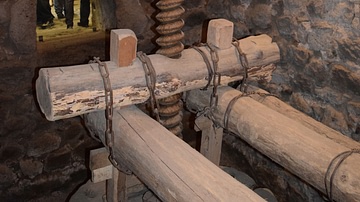
Image
Oil Mill at Tatev Monastery
The oil mill at Tatev Monastery used to provide oil from hemp, lineseed, and sesame to monks and inhabitants who lived within a short distance from the monastery.
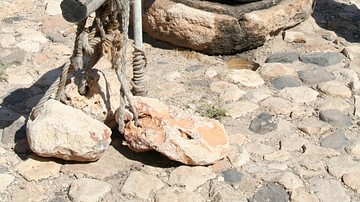
Image
Oil Press, Tell Hazor
Reconstructed 8th-century BCE olive oil press at Tell Hazor.

Image
Oil Palm Harvester
Oil palm harvester in Indonesia
Photo by Lucy McHugh/CIFOR.
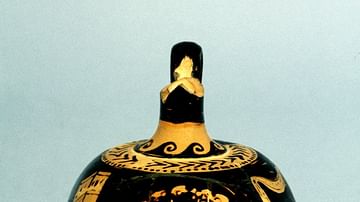
Image
Oil Bottle with Tragic Mask
Red-figured squat lekythos (oil-bottle) with a tragic mask (perhaps Electra's) and a stage.
Made in Lucania, Italy, c. 360-320 BCE.
British Museum, London.
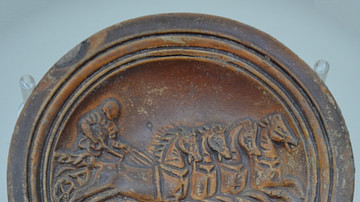
Image
Oil Lamp with a Chariot Scene
Oil lamp decorated with a four-horsed chariot at speed. Made in Italy, c. 40-70 CE.
The British Museum, London.
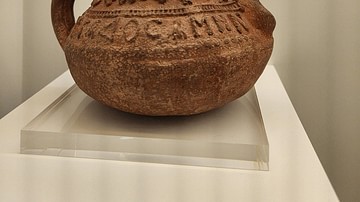
Image
Oil Lamp with Running Animals & Greek Inscription
From a workshop in Upper Egypt.
The Greek inscription says "The Holy and Consubstantial Trinity Amen."
4th-5th century CE. Made from clay. (Hellenic Museum, Melbourne, Victoria).
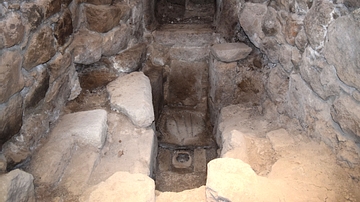
Image
Tatev Monastery's Oil Mill
Oil mills have existed in Armenia since the Urartian era, and their archaeological remains can be found in all regions of Armenia. This oil mill at Tatev Monastery in Armenia dates from the 17th century CE.
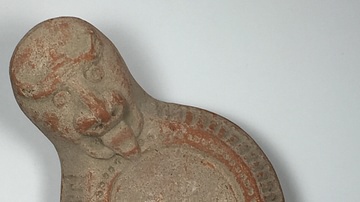
Image
Egyptian Oil Lamp
This is a terracotta oil lamp with orange clay and dull orange slip. It features a hollow handle in the form of a gorgon's head. This is a decorative example of the type of oil lamp that was used to light one’s home. 2nd century CE. Provided...
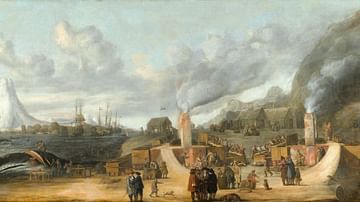
Image
A Whale Oil Refinery at Smeerenburg, Svalbard
The whale oil refinery of the Amsterdam chamber of the Greenland Company on Amsterdam Island off the coast of Spitsbergen. Oil on canvas, 1639.
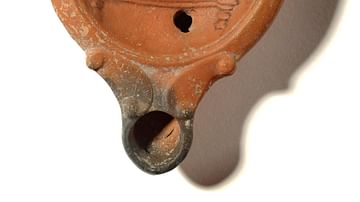
Image
Roman Erotic Oil Lamp
A Roman terracotta oil lamp depicting an erotic scene between two women. From Anatolia. c. 1st Century BCE. (British Museum)